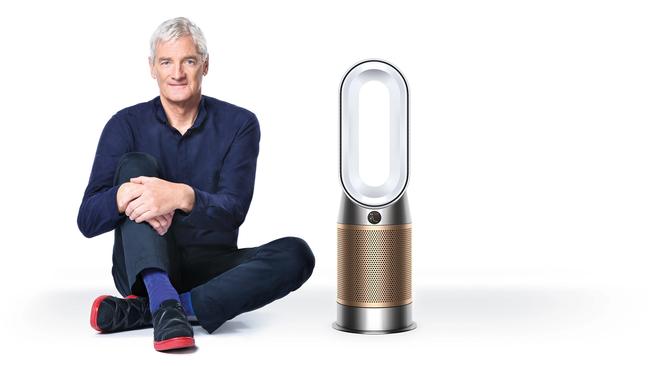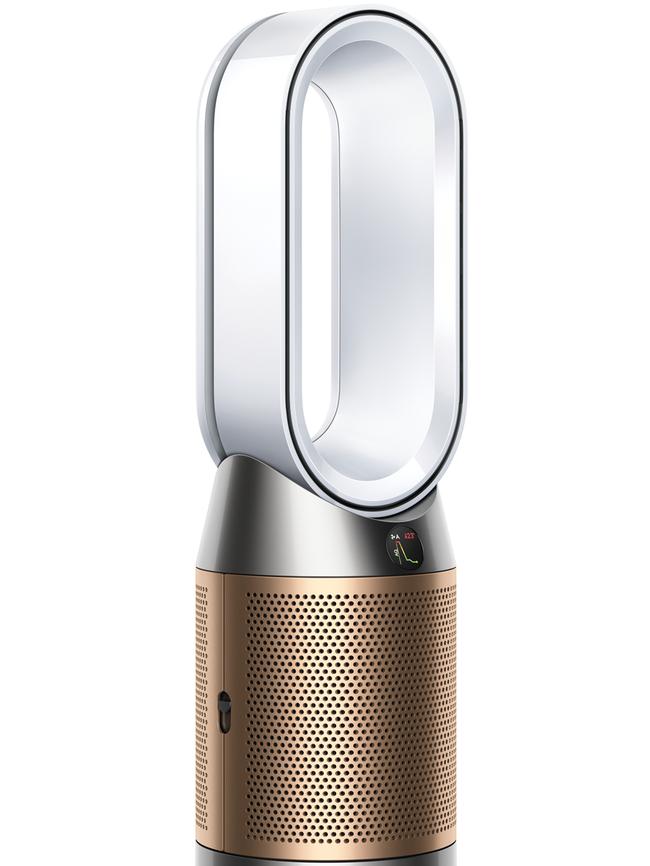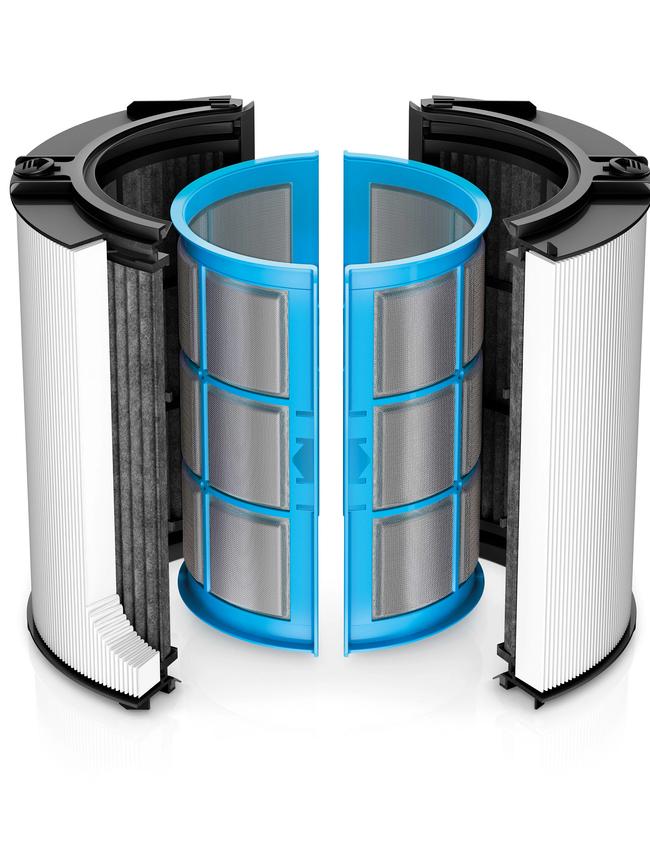Dyson declares war on the chemical formaldehyde with its latest air purifiers
Dyson’s latest air purifiers are targeting the chemical formaldehyde, branding it a dangerous substance.

Technology firm Dyson has declared war on the chemical formaldehyde with its latest air purifiers. It’s a colourless and pungent chemical that’s classified as a carcinogen by the International Agency for Research on Cancer.
If you studied biological sciences at school, you might remember formaldehyde as the chemical used for preserving animal specimens. It’s used for embalming, found in building materials and insulation and can be partly responsible for the “new smell” in homes and cars. It’s a solvent, antiseptic and preservative.
Glues, paints, lacquers, paper products, dishwashing liquids and fabric softeners may contain it.
It’s dangerous enough for Dyson to decide to include formaldehyde gas among substances trapped by its air purifiers.
You may find air purifiers to be a solution to a problem that doesn’t exist for you, however for others, pollution is a serious issue that causes respiratory illnesses and reduces quality of life.
Australian Bureau of Statistics figures for 2017-18 reports that 11 per cent of Australia’s population suffers from asthma which is caused by pollen, mould spores, dust mites, cockroach waste and more. Figures show asthma incidence is on the rise.
To make matters worse, Dyson says indoor air is five times more polluted than outdoor air. It says interest in air purifiers in Australia has increased due to the poor air quality experienced in the 2019-20 bushfires.

Dyson has been a leader in the air purifier market. Its vacuum cleaners, hair dryers, hand dryers, fans, heaters and purifiers share one theme: innovation around the flow of air.
Its latest batch of air purifiers also detect volatile organic compounds (VOCs), dangerous gases and particulate matter such as dust, pollen, soot and smoke.
It says formaldehyde sits above other pollutants in terms of health effects and needs special treatment. New buildings can emit it for a long time.
“The off-gassing tendency of formaldehyde means that it can go undetected in a home for years,” said Alex Knox, vice president of environmental care at Dyson.
Dyson launched its first air purifier in Australia in 2016. This new range includes two devices that deal with formaldehyde. You get two devices for one with units that also heat and cool your home.
These purifiers have a separate solid state formaldehyde sensor and a “selective catalytic oxidisation” filter that Dyson says destroys formaldehyde at molecular level.
The purifiers have a small LCD screen at the top which displays a bar graph of detected pollutants in different categories. You can view what is detected and dealt with. Dyson demonstrated slowly tearing a piece of paper in front of the purifier, and you could see the impact this had on the pollutants’ graph on the device.

The Dyson Link app displays the historic air pollution data in your home over time. You can also control the device from the app, which is available from the Apple and Google app stores.
In these models, the HEPA (high-efficiency particulate air) filter have been merged with the carbon filter, and Dyson claims the machine will capture 99.95 per cent of particles as small as 0.1 micron. Dyson recommends changing the filter annually.
“Based on 12 hour a day usage running in maximum purifier mode, we would recommend that you replace your filter after 12 months to maintain acceptable fan performance,” the company says.
The other filter, the selective catalytic oxidisation (SCO) filter, doesn’t need replacement. It’s responsible for destroying formaldehyde at a molecular level and lasts for the lifetime of the machine.
There are high pressure seals at 24 points to stop untreated air from bypassing the filters and carrying pollutants back into the room, and the company says these models are 20 per cent quieter than previous purifiers.
There’s a magnetised remote control that you can store on top of the machine, and you can preset the purifier to enter a sleep mode lasting from 15 minutes to 9 hours. You can also control the purifier by voice using Google, Amazon and Apple personal assistants.
The range goes on sale on May 27 at Dyson’s Australian website and main electronics retailers.
Dyson was established in 1993 and employs 14,000 people including 6000 engineers and scientists.
Its current research activities are focused on solid-state batteries, high-speed electric motors, vision systems, robotics, machine learning, and artificial intelligence investment. It says it has about 10,550 patents pending globally.
The two devices that deal with formaldehyde are: the Hot + Cool Formaldehyde (RRP $999) for households available at dyson.com.au and through select retailers and the HEPA Cool Formaldehyde (RRP $799), designed for businesses and commercial spaces and available in Australia from April 29. More details here.



To join the conversation, please log in. Don't have an account? Register
Join the conversation, you are commenting as Logout